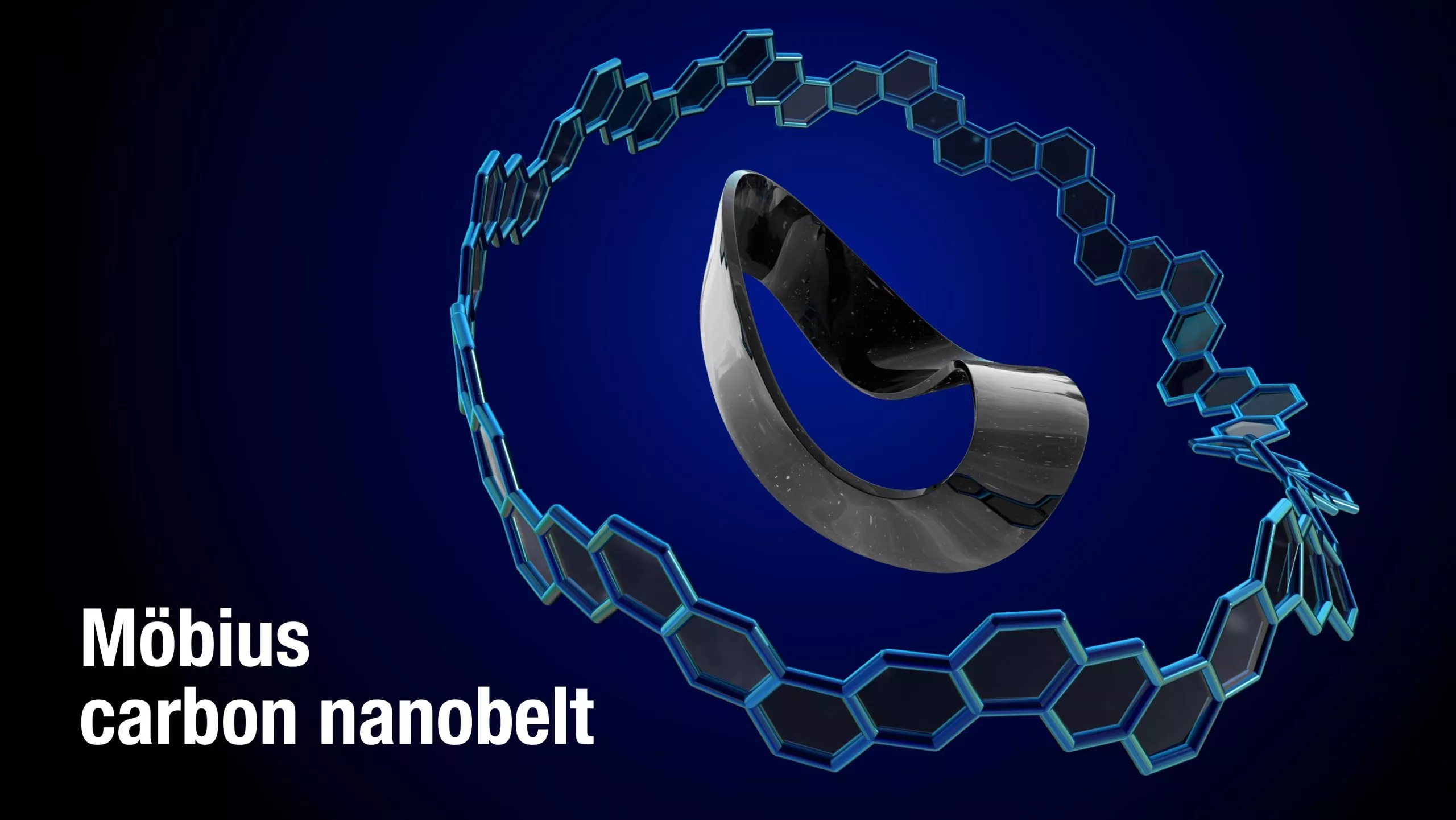Obtaining carbon nanoparticles with uniform structure -- preferably single molecules -- is a great challenge in the field of carbon nanotechnology, so that the structure and function can be properly linked. Therefore, the synthesis of carbon nanoparticles with uniform structure is very important for the development of functional materials in nanotechnology, electronics, optics and biomedical applications.

An important tool to achieve this goal is molecular nano carbon science, which is a bottom-up method to create nano carbon by using synthetic organic chemistry. However, the previously synthesized molecular carbon nanoparticles have simple structures, such as ring, bowl or ribbon structures. In order to realize the undeveloped and theoretically predicted nano carbon, it is necessary to develop new methods to synthesize molecular nano carbon with more complex structure.
Now, the research team led by Kenichiro Itami (Professor of Nagoya University), yasutomo Segawa (Associate Professor of Institute of Molecular Science) and yuh hijikata (specially appointed associate professor of icredd) has synthesized a banded molecular nano carbon, which has a distorted Mobius band topology, that is, Mobius carbon nano belt.
"Mobius carbon nanobelts are a dream molecule in the scientific community. Previously, we reported the first chemically synthesized carbon nanobelts - ultra short carbon nanotubes in 2017. Just like the belts we use every day, we imagine what will happen when our 'molecular belts' are tightened," said Kenichiro Itami, the head of the research team. Such a twisted Mobius carbon nanobelt should exhibit quite different characteristics and molecular motion than those of the normal ribbon topology. But creating this distortion is easier said than done. "We know from the previous synthesis of carbon nanoribbons that strain energy is the biggest obstacle in synthesis. In addition, the additional distortion in the ribbon structure makes the strain energy of the final target molecule higher," said yasutomo Segawa, CO director of the project. "The key to the success of the actual synthesis is our molecular design and a detailed examination of the reaction conditions."
The reasonable synthesis route is determined by theoretical analysis of the huge strain caused by the banded structure and distorted molecular structure of Mobius carbon nanobelts. Mobius carbon nanobelts are synthesized through 14 chemical reaction steps, including newly developed functional reaction, z-selected Wittig reaction sequence and strain induced nickel mediated homogeneous coupling reaction. Spectral analysis and molecular dynamics simulation show that the twisted molecules of Mobius band move rapidly around Mobius carbon nanobelt molecules in solution. The topological chirality derived from Mobius structure was confirmed by chiral separation and circular dichroism spectroscopy.
Looking back on history, new forms of carbon and nano carbon have always opened the door to new science and technology and led to the discovery of extraordinary properties, functions and applications. This work is a pioneering achievement, which paves the way for the development of nano carbon materials with complex topological structure and the birth of innovative material science using Mobius topology.